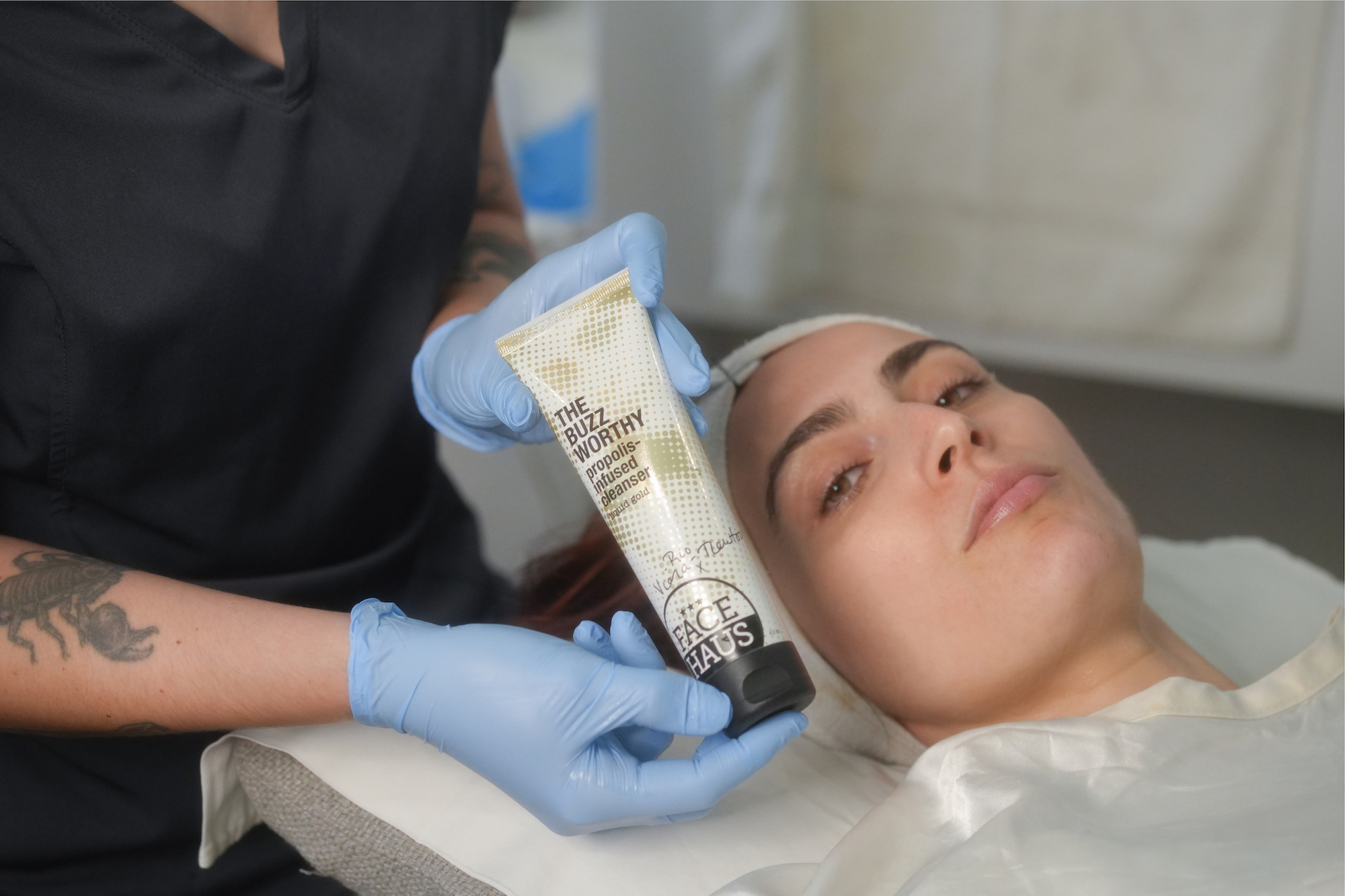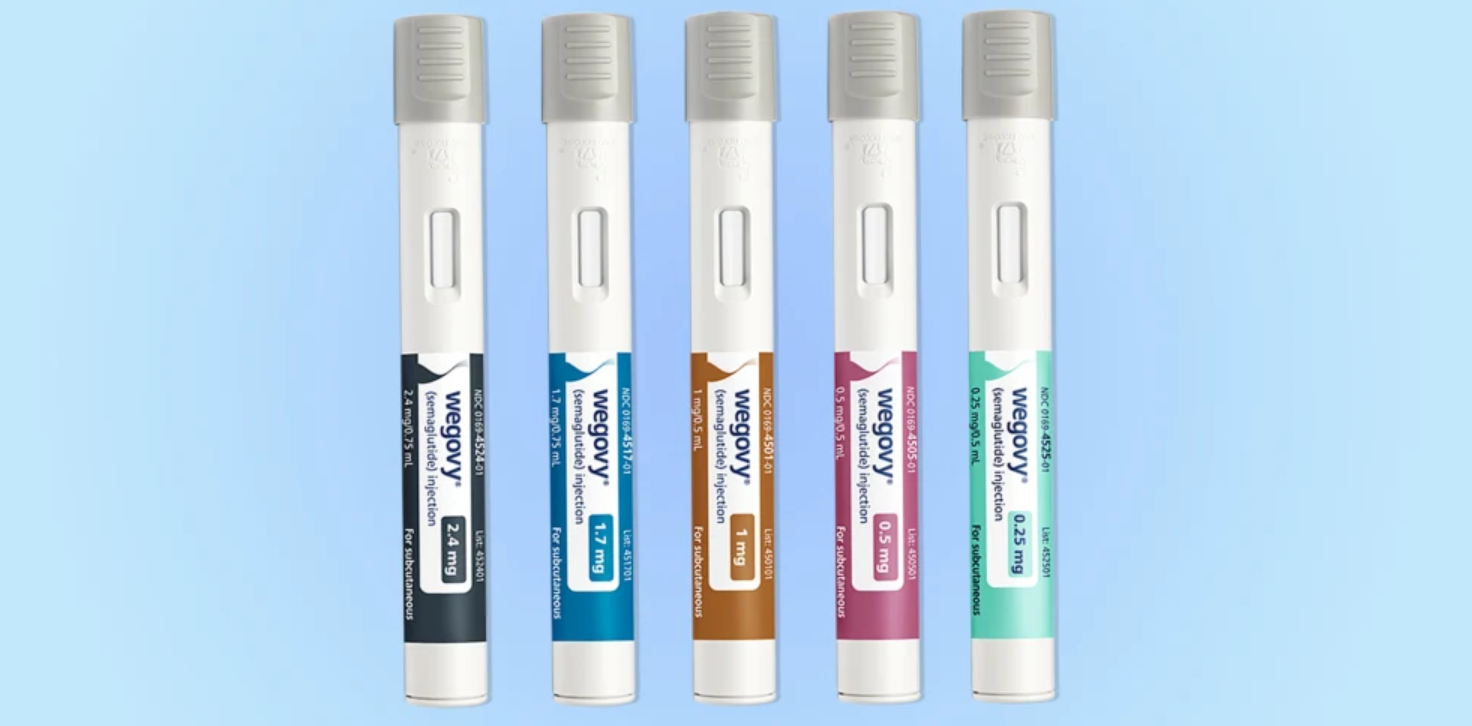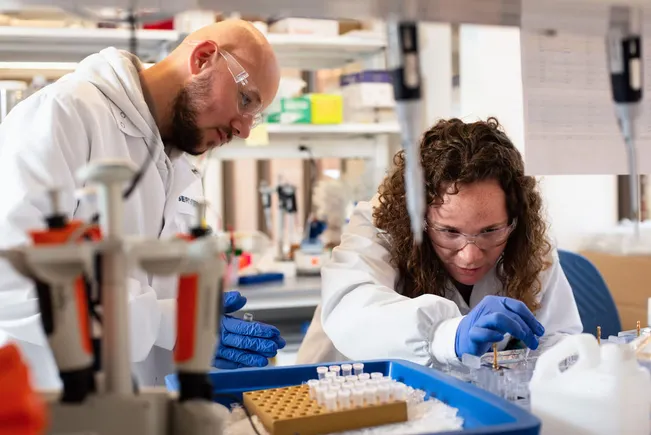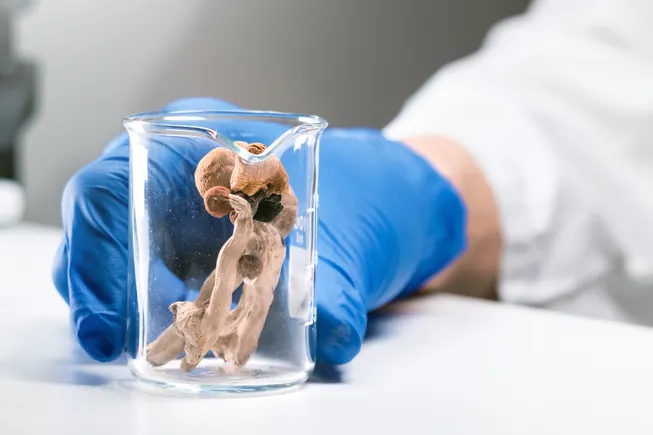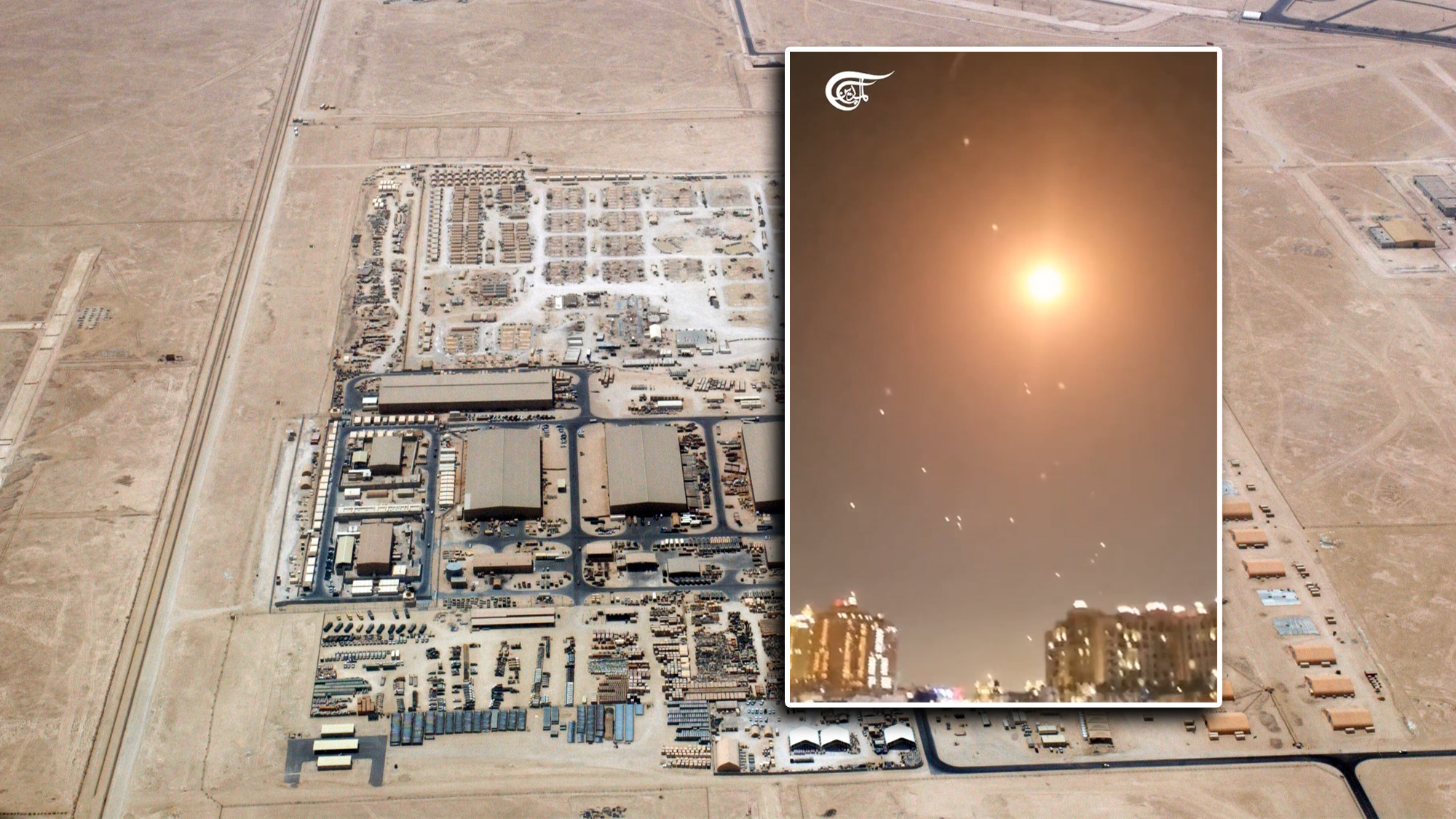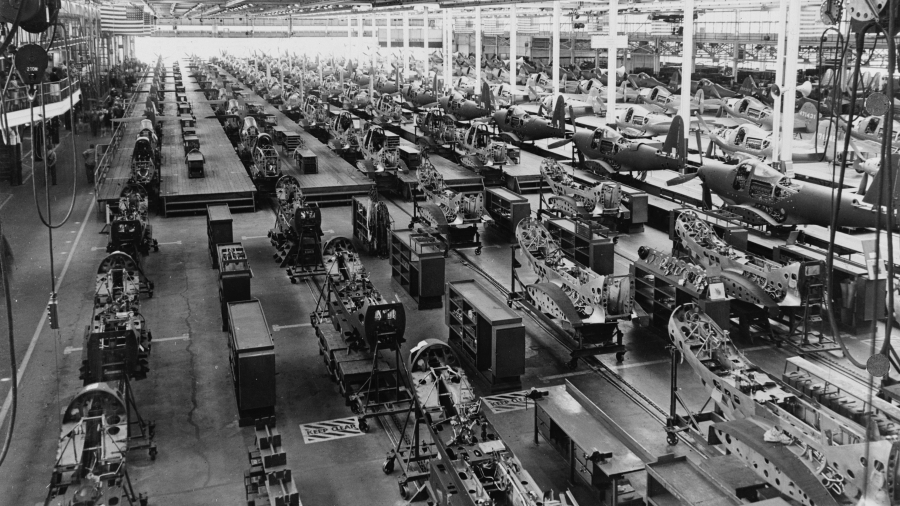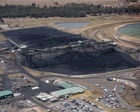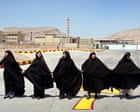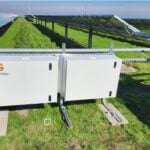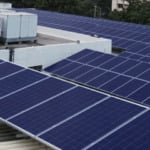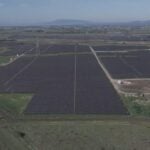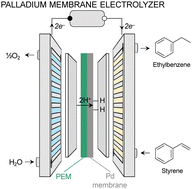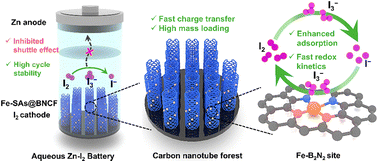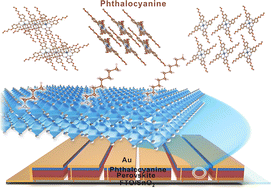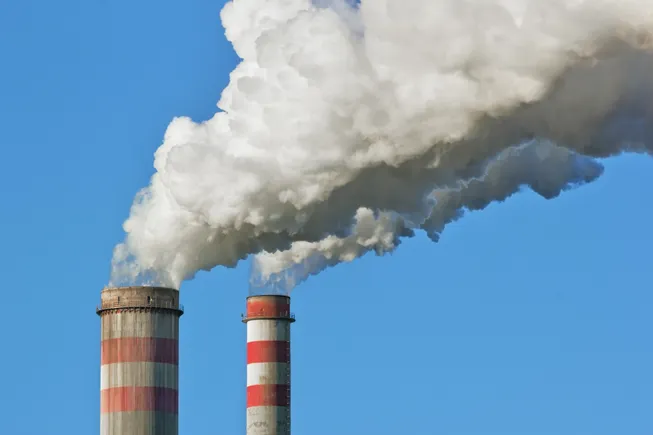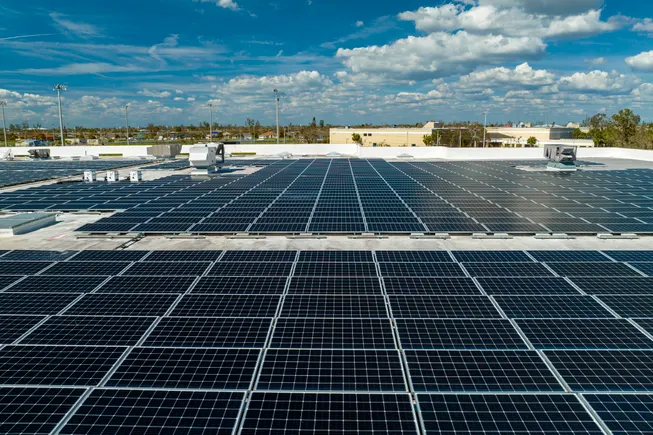Spatially Regulated Gas Flow Control for Batch‐Drying of Large Area Slot‐Die‐Coated Perovskite Thin Films
Advanced Energy Materials, EarlyView.

Innovations are crucial for transferring high power conversion efficiencies (PCEs) to large-scale perovskite devices. Here, a 2D regulated gas flow control for batch-drying of slot-die-coated perovskite films is introduced. This drying method achieves homogeneous, pinhole-free large-area perovskite/silicon tandem solar cells and perovskite solar modules with PCEs up to 24.6% and 17.9%, respectively - highlighting the importance of controlled drying processes.
Abstract
Innovations in scalable fabrication processes are pivotal for transferring record power conversion efficiencies (PCEs) of spin-coated perovskite/silicon-based tandem solar cells (TSCs) from the laboratory scale to full-size photovoltaics. In this regard, the homogeneous large-area drying of precursor ink wet films poses one of the major hurdles. Gas-assisted drying by linear high-pressure slot jets comes along with an inhomogeneous flow field, causing unwanted backflows, non-uniform drying patterns, and strong inhomogeneities at the sample edges. In response, it is demonstrated i) a new 2D comb-nozzle (CN) drying technique that improves the homogeneity of drying processes and, ii) an adjusted strategy to fabricate high-quality 2-step slot-die (SD)-coated triple-halide perovskite thin films. Remarkably, homogeneous and pinhole-free large-area SD-coated perovskite SCs fabricated is demonstrated with all scalable techniques reaching up to 19.6% with enhanced mean PCE-yields of 90% (compared to 62% with slot-jet drying). Consequently, the CN drying method is employed for a material composition suitable for tandem applications (E g ≈1.68 eV). Particularly, the reproducible fabrication of TSCs with PCEs up to 24.6% on large areas with homogeneous PCE variances of ±0.7%abs imply high homogeneity during the coating and drying process and confirms the importance of systematically controlled drying within an optimized 2-step process.














































